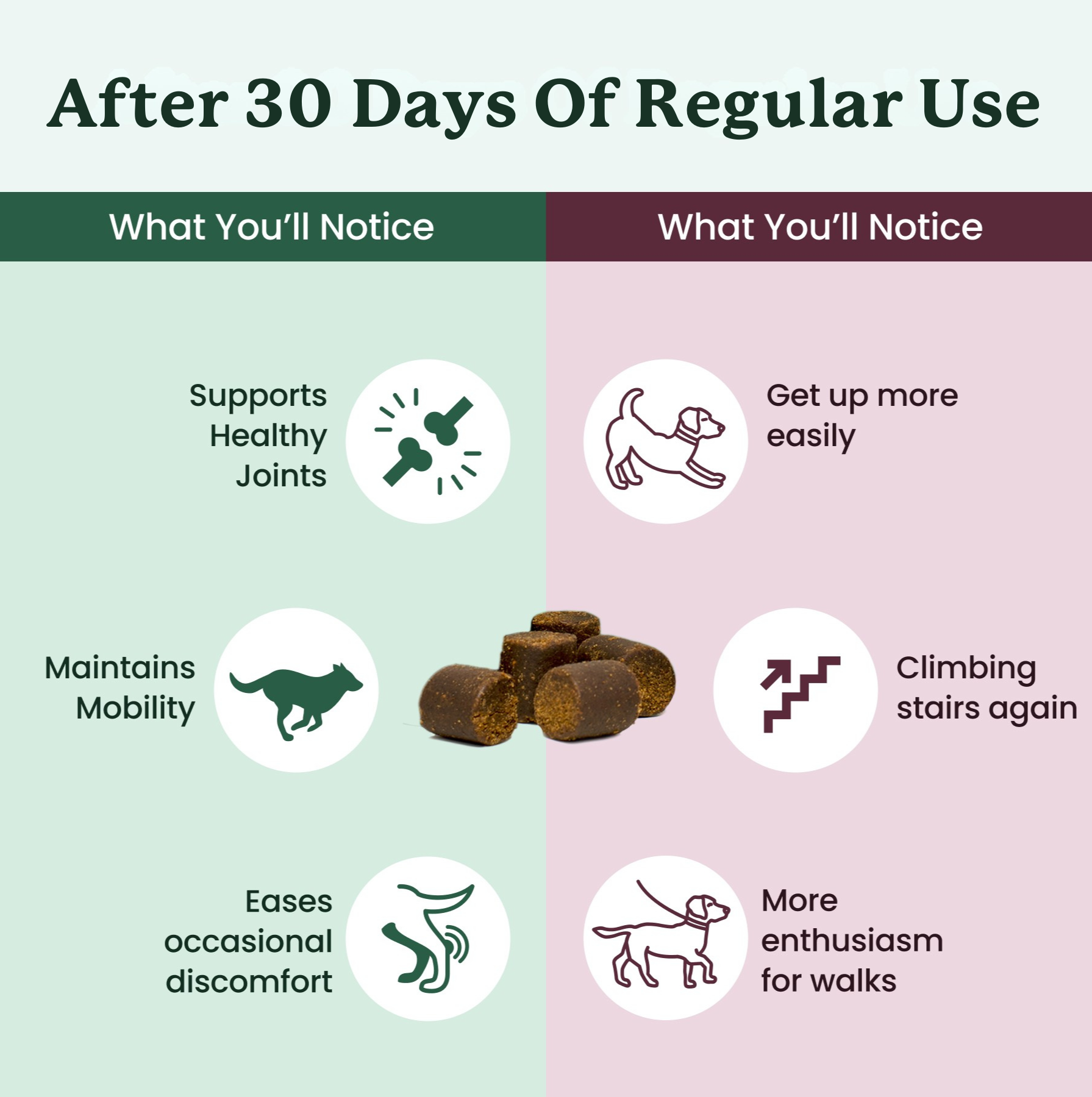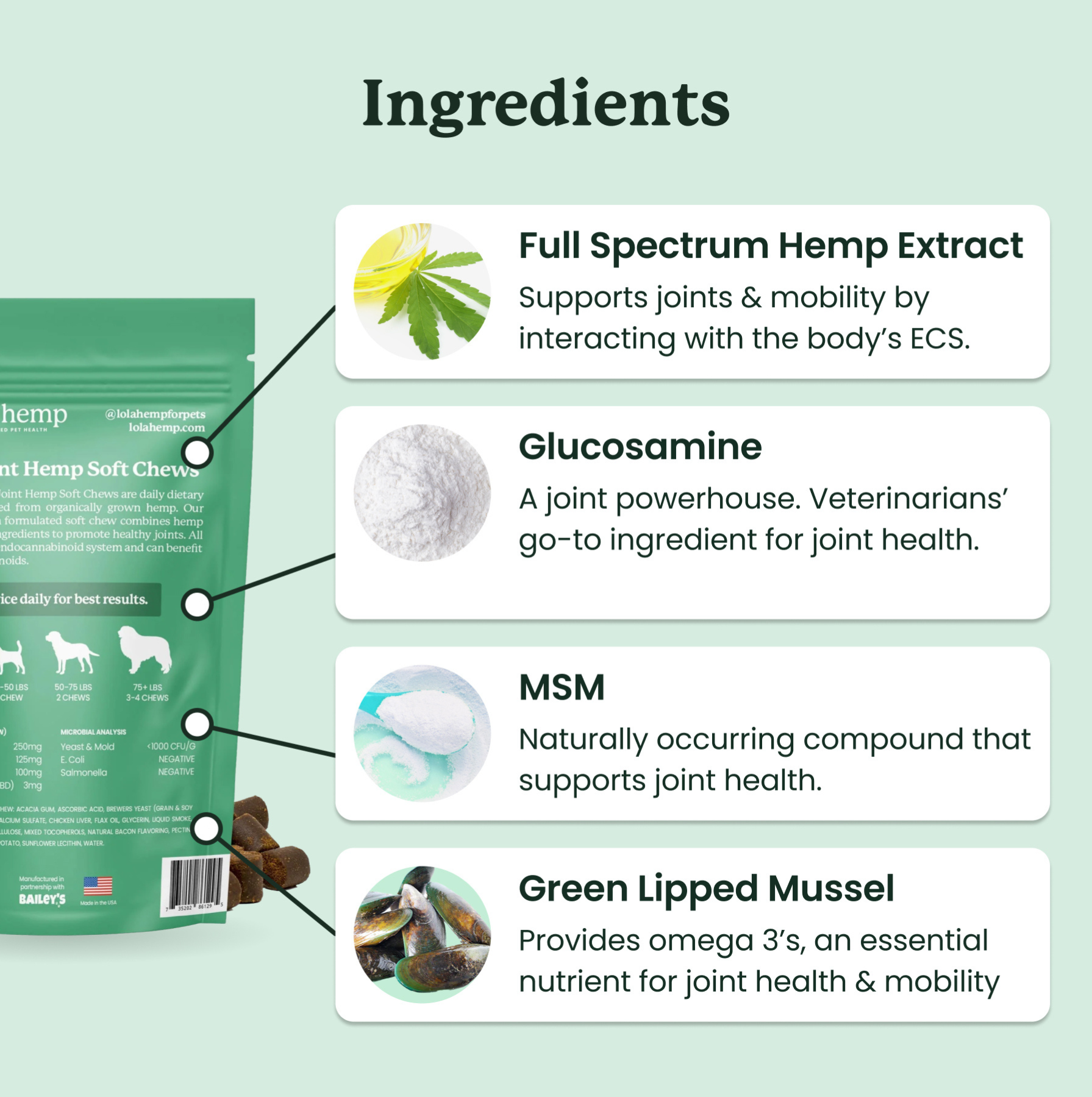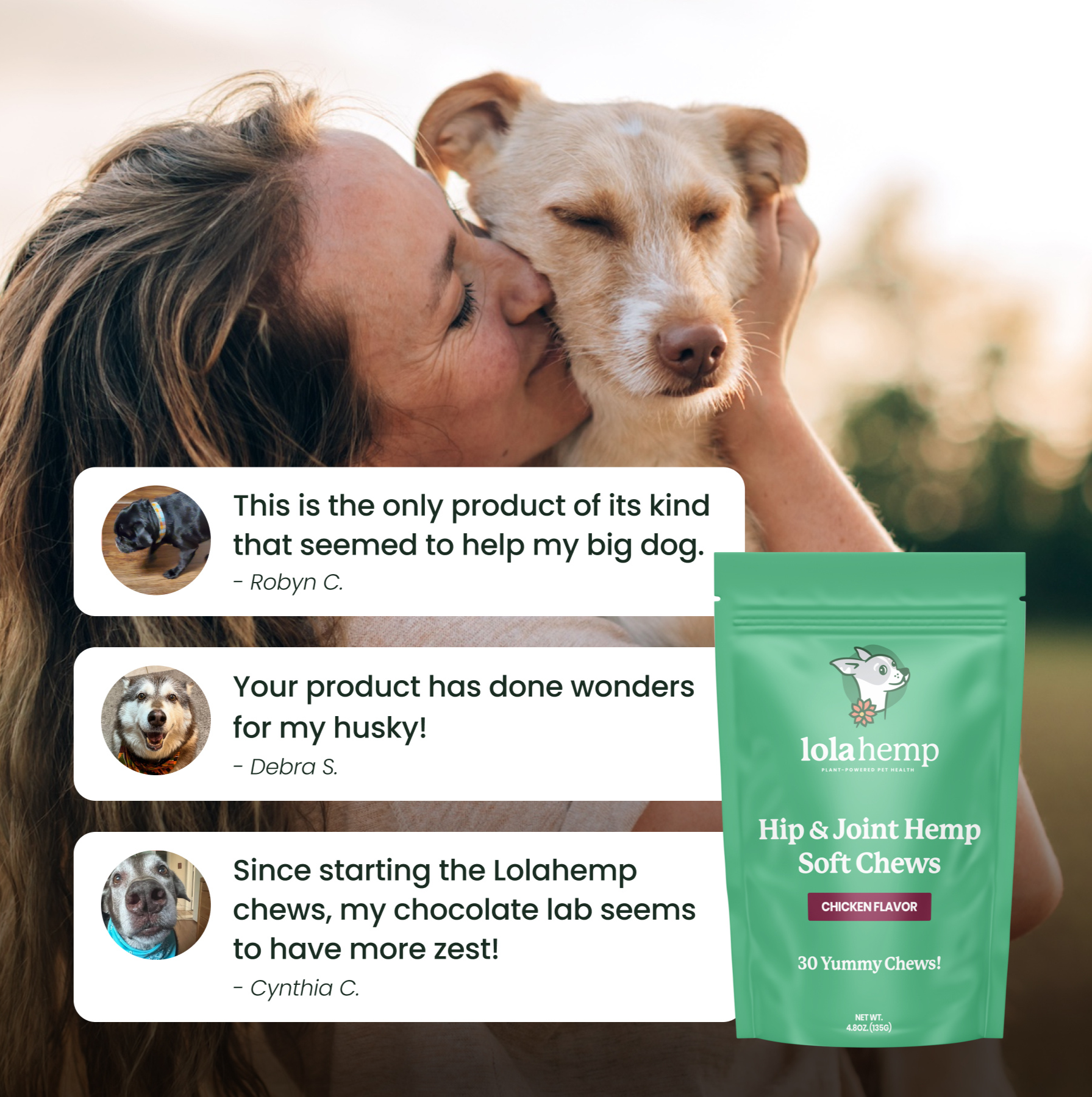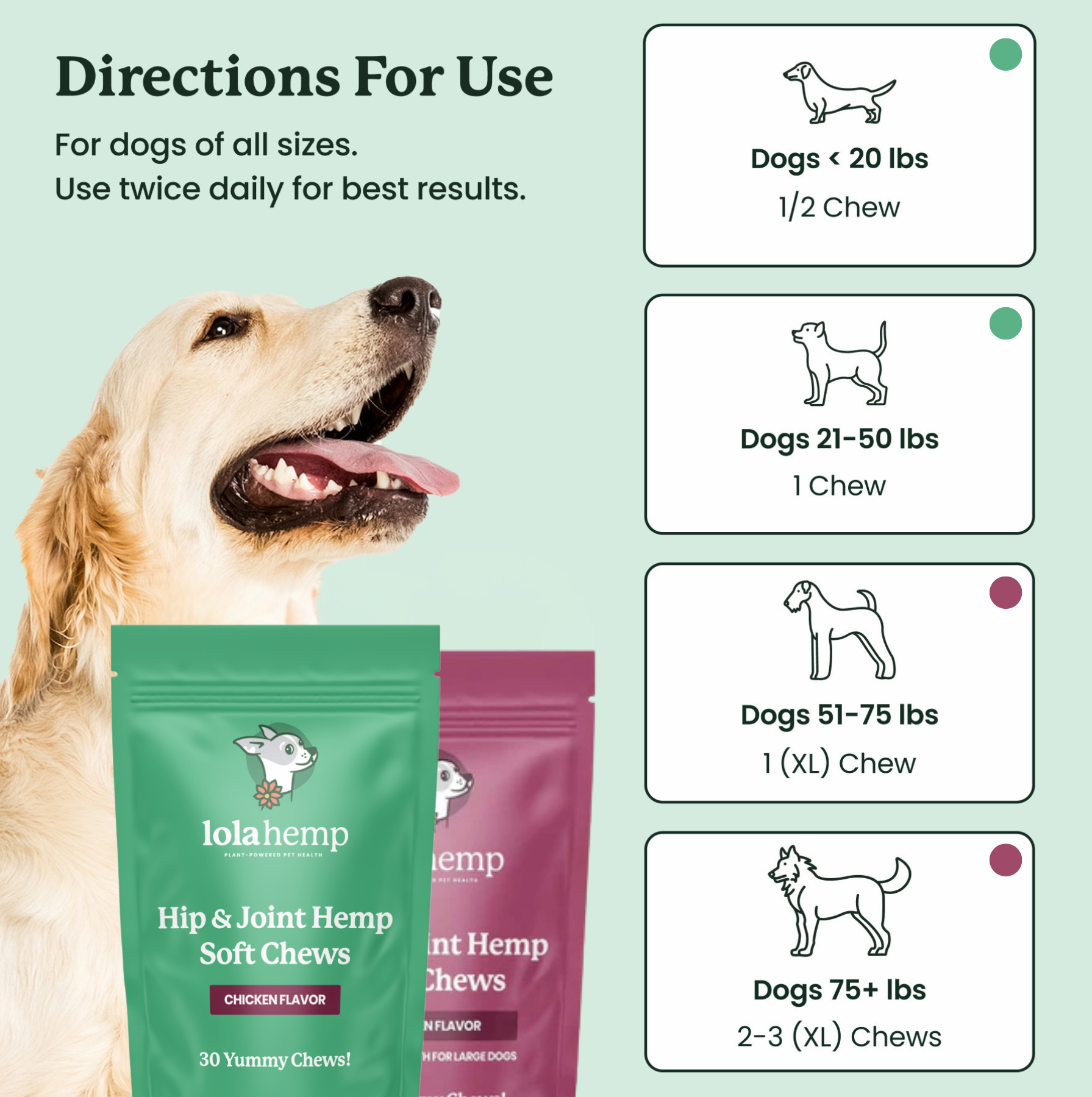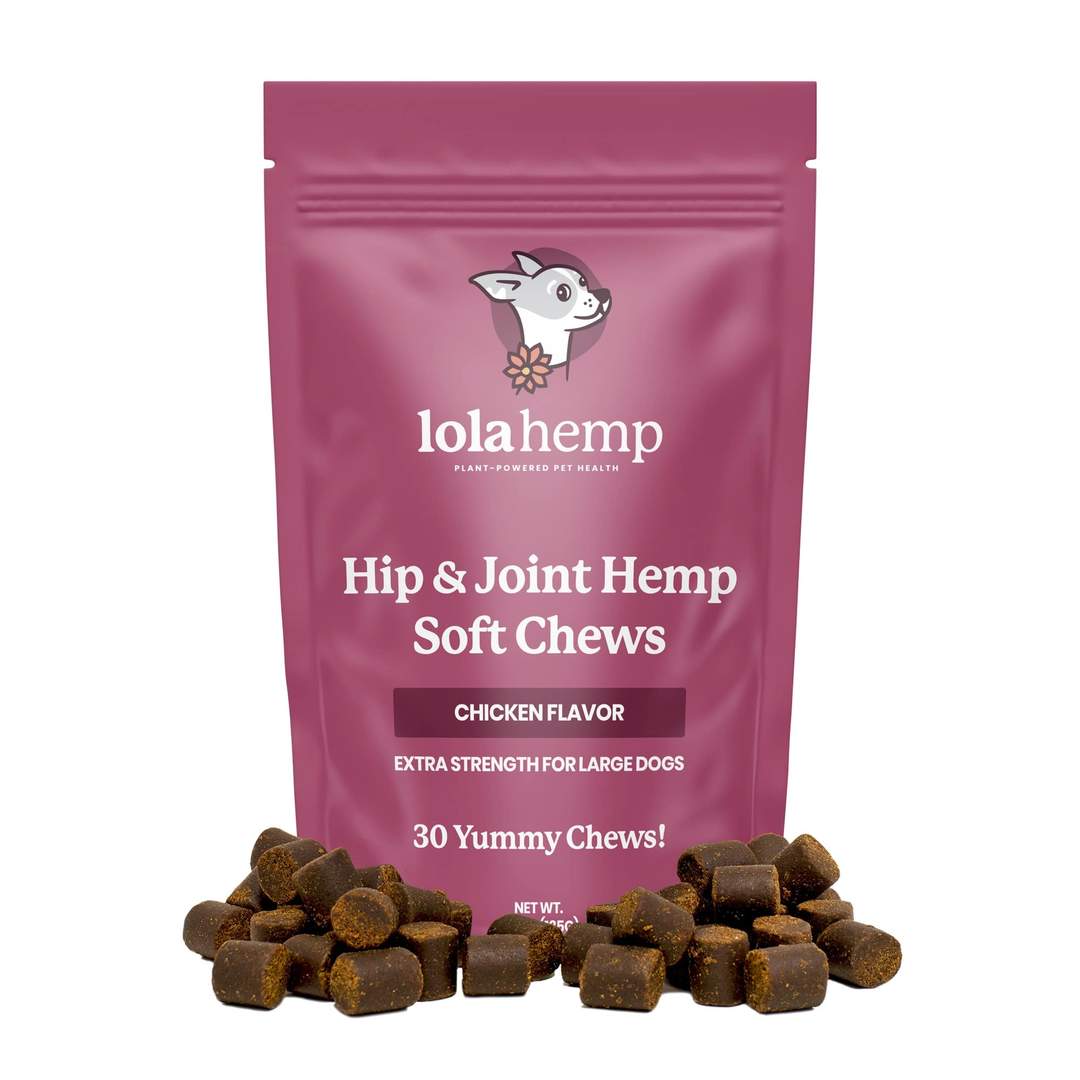The Mudi is one of Hungary’s best-kept secrets—an agile, sharp-witted herding dog with the heart of a working partner and the soul of a loyal companion. Pronounced “moody,” this rare herding breed might not be widely known, but those who’ve owned a Mudi will tell you they’re unforgettable.
There are only a few thousand Mudi's in the world, but their versatility is expansive, and they're really wonderful family dogs. They require a lot of stimulation, but they're relatively relaxed in the house, and they even shine everywhere in-between.
If you're an experienced dog owner, a Mudi could be an excellent, rewarding challenge for you. Once you earn your Mudi's trust, you'll find a best friend.
History and Origin of the Mudi
The Mudi has its roots in rural Hungary, where it emerged as a versatile farm dog, herding sheep and cattle across open fields. The Mudi is a small breed, so they make up for their lack in size with high intelligence and a great deal of speed.
It’s believed the breed developed naturally from crosses between Puli, Pumi, and German Spitz-type dogs. These are German and Hungarian herding dogs that tend to be smaller, highly intelligent, and highly active. Unlike many designer breeds, the Mudi wasn’t the result of intentional breeding programs—it was a product of purpose and necessity.
Mudi's are versatile and have been bred to contain the best qualities of a variety of other herding dogs.
Formally recognized as a distinct breed in the 1930s, the Mudi has remained relatively rare outside Hungary. Even within Europe, they’re still considered a niche breed—though their popularity is slowly growing thanks to their trainability, drive, and charm.
Mudi Temperament and Personality
Mudis are known for their intense focus and intelligence. These dogs are observant, responsive, and quick to learn new tasks. With their strong work ethic and alert temperament, they often excel in sports like agility, flyball, and herding trials.
(Their prowess in sport is aided a great deal by their astounding ability to jump, here's a fun video of a Mudi jumping in a field:)
At home, they tend to bond deeply with one or two people - this is common for herding dogs, as they develop very close bonds with the person who directs the majority of their working life.
They’re affectionate, often cuddly, but not overly needy. That said, they’re not the best choice for owners who prefer a low-key dog. Mudis like to stay busy—whether that’s working livestock, solving puzzles, or learning new commands for fun.
With strangers, Mudis can be cautious and sometimes vocal. Early socialization is essential to prevent excessive wariness or reactivity. But with proper introduction and training, they become confident, even-tempered adults who are deeply devoted to their families.
What Does a Mudi Look Like?
Mudis have a unique and striking appearance. They usually stand between 15 to 19 inches tall and weigh 18 to 30 pounds. They are relatively small, and they almost look like they could be a toy Border Collie.
Their coats are wavy to curly, medium in length, and naturally self-cleaning. They're "self-cleaning" coats have this property because they're tight, water-resistant, and they make it naturally difficult for debris to collect.
Common colors include black, white, brown, gray, and a stunning merle (called “cifra” in Hungary). Their faces are foxlike with erect, high-set ears that give them an always-alert expression.
They're also lean and muscular, but that is covered up by their fluffy coats.

Training and Daily Activity Needs
Training a Mudi is a rewarding experience—as long as you keep it interesting. These dogs are thinkers, and they’ll get bored fast with repetitive commands or rigid routines. They thrive under positive reinforcement, clicker training, and sessions that let them problem-solve.
They’re also highly sensitive to tone and mood, so harsh corrections don’t go far. Instead, consistency, encouragement, and novelty are the keys to success. Mudis tend to mature quickly mentally, and many excel in advanced obedience before they’re a year old.
That means it'll be a little bit of a sprint for owners in the first year, followed by a lifetime of excellent partnership.
In terms of activity, this is a breed that truly needs a job. Plan on providing at least 60–90 minutes of exercise daily, including off-leash running, interactive games, and mental stimulation like scent work or trick training. Without this, Mudis may become anxious or destructive.
Grooming and Coat Maintenance
The Mudi’s coat is a pleasant surprise: while it looks thick and wavy, it’s relatively low-maintenance.
Their hair doesn’t mat easily, and most dirt falls out naturally once it dries. A weekly brushing is typically enough to keep them tidy and remove loose hair.
They don’t require frequent baths, and in many cases, less is more. Avoid overbathing, as it can strip their coat of natural oils. Like any dog, regular nail trims, ear checks, and teeth brushing are essential to avoid common issues like overgrowth, infection, or dental disease.
Common Health Concerns
Mudis are generally a hardy breed, but like all dogs, they can be prone to a few genetic conditions. Key things to watch out for include:
- Hip Dysplasia: Common in many herding breeds; consider early screening and joint supplements.
- Eye Disorders: Cataracts and other inherited eye issues can occur—reputable breeders screen for these.
- Epilepsy: Though not common, it has been observed in some lines.
Early vet visits, health screenings, and routine checkups are crucial. Supplements like omega-3s, MSM, and glucosamine may also help maintain joint and coat health as your Mudi ages.
Is the Mudi the Right Dog for You?
If you want a loyal, driven, and athletic companion—and you’re ready to meet their mental and physical needs—the Mudi could be a perfect fit. This is a breed for active owners, trainers, and those who love engaging with their dog in meaningful ways.
But if your lifestyle leans sedentary or you want a laid-back lapdog, this isn’t the breed for you. Mudis aren’t content just hanging around the house. They want to work, play, and connect—and they’ll thrive in homes that give them the space and structure to do just that.


